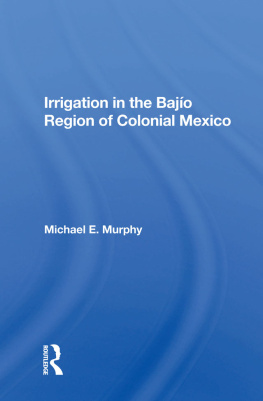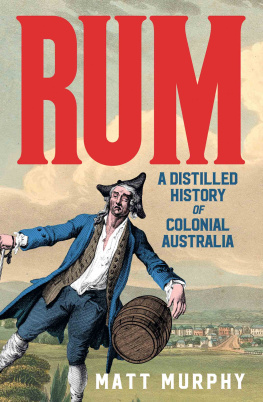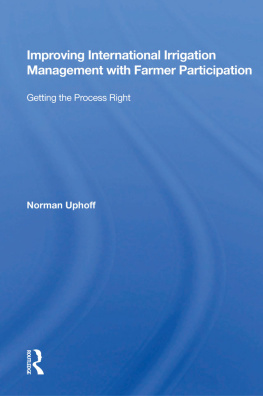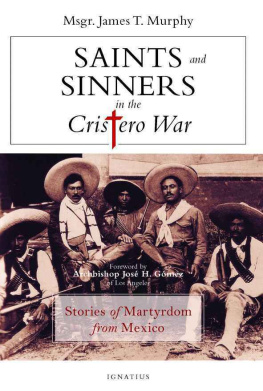M. E. Murphy - Irrigation in the Bajio Region of Colonial Mexico
Here you can read online M. E. Murphy - Irrigation in the Bajio Region of Colonial Mexico full text of the book (entire story) in english for free. Download pdf and epub, get meaning, cover and reviews about this ebook. year: 1986, publisher: Westview Press, genre: Romance novel. Description of the work, (preface) as well as reviews are available. Best literature library LitArk.com created for fans of good reading and offers a wide selection of genres:
Romance novel
Science fiction
Adventure
Detective
Science
History
Home and family
Prose
Art
Politics
Computer
Non-fiction
Religion
Business
Children
Humor
Choose a favorite category and find really read worthwhile books. Enjoy immersion in the world of imagination, feel the emotions of the characters or learn something new for yourself, make an fascinating discovery.
- Book:Irrigation in the Bajio Region of Colonial Mexico
- Author:
- Publisher:Westview Press
- Genre:
- Year:1986
- Rating:5 / 5
- Favourites:Add to favourites
- Your mark:
- 100
- 1
- 2
- 3
- 4
- 5
Irrigation in the Bajio Region of Colonial Mexico: summary, description and annotation
We offer to read an annotation, description, summary or preface (depends on what the author of the book "Irrigation in the Bajio Region of Colonial Mexico" wrote himself). If you haven't found the necessary information about the book — write in the comments, we will try to find it.
Irrigation in the Bajio Region of Colonial Mexico — read online for free the complete book (whole text) full work
Below is the text of the book, divided by pages. System saving the place of the last page read, allows you to conveniently read the book "Irrigation in the Bajio Region of Colonial Mexico" online for free, without having to search again every time where you left off. Put a bookmark, and you can go to the page where you finished reading at any time.
Font size:
Interval:
Bookmark:
Syracuse University
University of Wisconsin
University of Toronto
University of London
University of Minnesota
University of London

52 Vanderbilt Avenue, New York, NY 10017
2 Park Square, Milton Park, Abingdon, Oxon OX14 4RN
Product or corporate names may be trademarks or registered trademarks, and are used only for identification and explanation without intent to infringe.
ISBN 13: 978-0-367-01127-7 (hbk)
- ii
- iii
- Archival
- AA Augustinian Archive, Mexico City
- ACM Archivo Casa Morolos, Morelia
- AFC-AP Archivo Franciscano de Celaya, Archivo Provincial
- AFC-CC Archivo Franciscano de Celaya, Convento de Celaya
- AFC-CSC Archivo Franciscano de Celaya, Convento de Santa Clara
- AGN Archivo General de la Nacin
- AGN-A AGN, Ayuntamientos
- AGN-C AGN, Civil
- AGN-G AGN, General de Parte
- AGN-H AGN, Historia
- AGN-M AGN, Mercedes
- AGN-P AGN, Padrones
- AGN-R AGN, Reales Cdulas Duplicadas
- AGN-T AGN, Tierras
- AHML Archivo Histrico Municipal de Leon
- AMS Archivo Municipal de Salvatierra
- BN-AF Biblioteca Nacional, Archivo Franciscano
- CAAM Cathedral Archive Archbishopric of Mexico
- C-AD Condumex, Adquisiciones Diversas
- LADC Latin American Documents Collection, University of Texas at Austin
- MNA.AH Museo Nacional de Antropologa, Archivo Histrico
- MNA.AM-ACM Museo Nacional de Antropologa, Archivo de Micropelculas, Archivo Casa Morelos
- MNA.AM-Qro Museo Nacional de Antropologa, Archivo de Micropelculas. Archivo Notarial de Quertaro
- Legal and Governmental
- NR Nueva Recopilacin
- NovR Novsima Recopilacin
- RLI Recopilacin de Leyes de las Reynas de Indias
- SP Siete Partidas
- SRH Secretara de Recursos Hidrulicos
Font size:
Interval:
Bookmark:
Similar books «Irrigation in the Bajio Region of Colonial Mexico»
Look at similar books to Irrigation in the Bajio Region of Colonial Mexico. We have selected literature similar in name and meaning in the hope of providing readers with more options to find new, interesting, not yet read works.
Discussion, reviews of the book Irrigation in the Bajio Region of Colonial Mexico and just readers' own opinions. Leave your comments, write what you think about the work, its meaning or the main characters. Specify what exactly you liked and what you didn't like, and why you think so.








